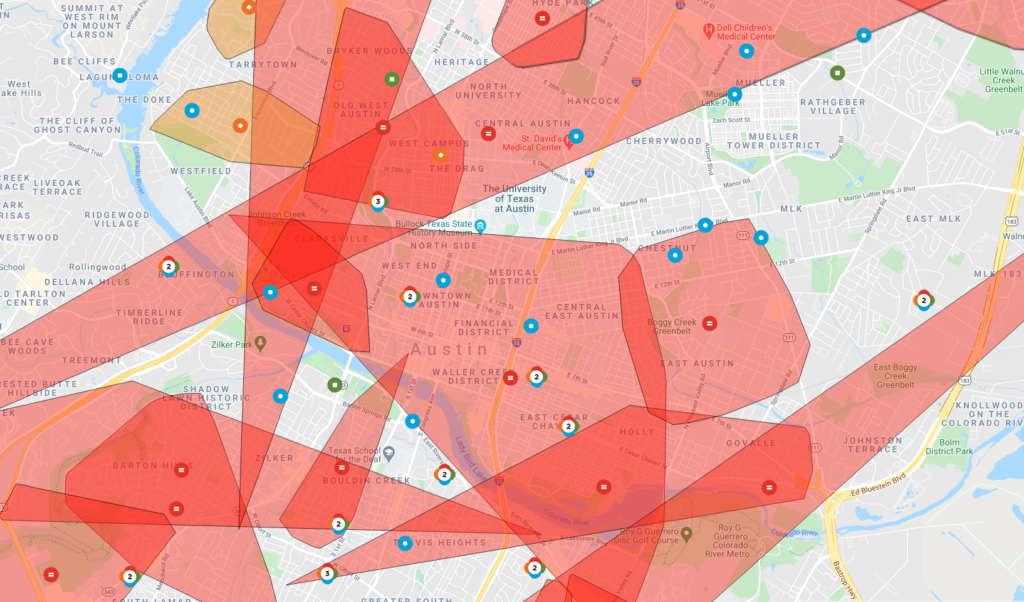This seems like poor planning:
On Monday, airport officials in Austin, Texas warned of an impending jet-fuel shortage amid a surge in travel to and from the state’s capital city.
Austin-Bergstrom International Airport, which is ranked No. 29 in the U.S. based on 2021 passenger traffic, issued a fuel-shortage alert on Monday and urged airlines to carry extra fuel or send in more supplies via tankers, said Sam Haynes, a spokesperson.
“The on-hand supply just isn’t enough to keep up with demand,” she said. “This is all a result of the tremendous growth we’ve seen” in the Austin area.
Haynes also said that the airport’s two fuel-storage tanks haven’t been expanded or augmented since it opened in 1999, and as a result, the Austin facility typically holds just one to two days of supply, less than half the five-to-seven days of fuel stockpiled by most airports of similar size, she said.
The fuel shortage was not the only problem Bergstrom experienced this week:
Abandoned rental cars snaked down the road outside Austin-Bergstrom International Airport on Monday morning and passengers waited in a security line that reached outside the terminal and onto the sidewalk.
Some travelers waited in security lines for hours, missed flights or even had to make alternate travel arrangements over the weekend as the airport was unable to handle unusually high passenger traffic generated in part by several high-profile sporting events.
Snip.
“These volumes reflect thousands of Austin visitors traveling home after attending events,” including the Texas Relays, the World Golf Championships-Dell Technologies Match Play and NASCAR races at Circuit of the Americas, the statement said.
I’m not sure how much I buy the “sporting event” excuse. The NASCAR event was expected to pull 50,000-55,000 people, while Texas Relays also draws about 50,000, and the Dell golf event, though annoying for anyone trying to drive 360, only draws about 10,000. By contrast, some 400,000 came in for Formula 1. Bergstrom may be suffering from the same staffing shortages hitting the rest of the economy, but this still seems to be a case of bad planning.
Bergstrom is run by the City of Austin, so it’s probably too much to expect the manifest incompetence that seems to plague all city governance not to show up there. Here’s the 2040 master plan for upgrading Bergstrom that the city put out in 2018. There’s lots of terminal expansion information, precisely one mention of “Fuel Storage Impacts” on one slide, and zero discussion of expanding fuel storage capacity.
This is my shocked face…

